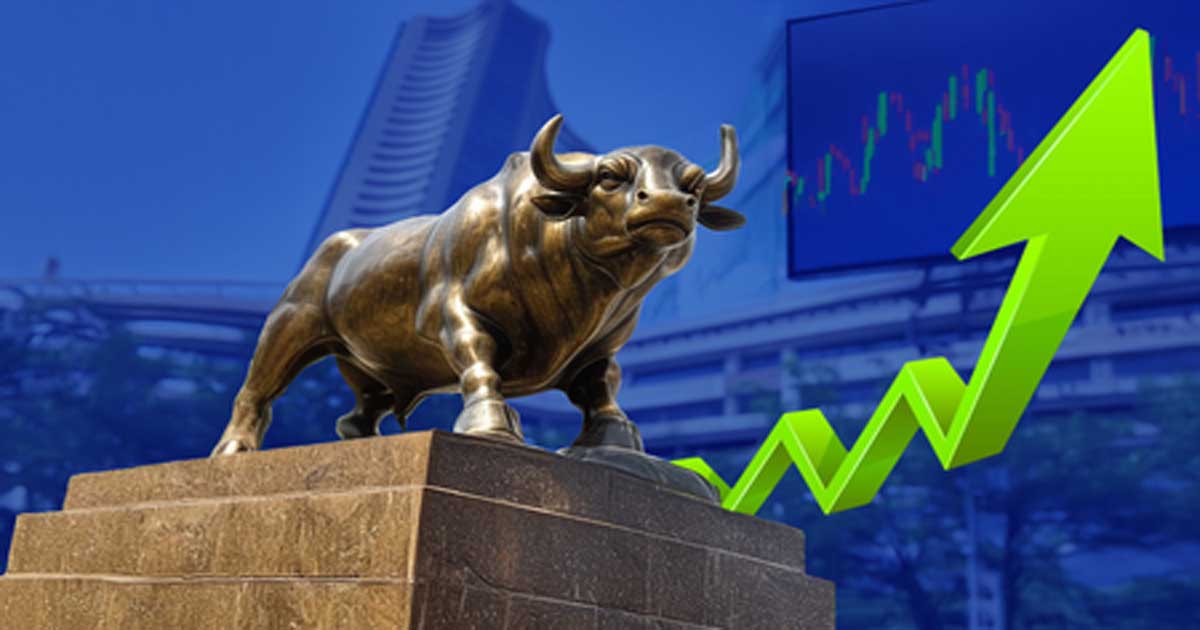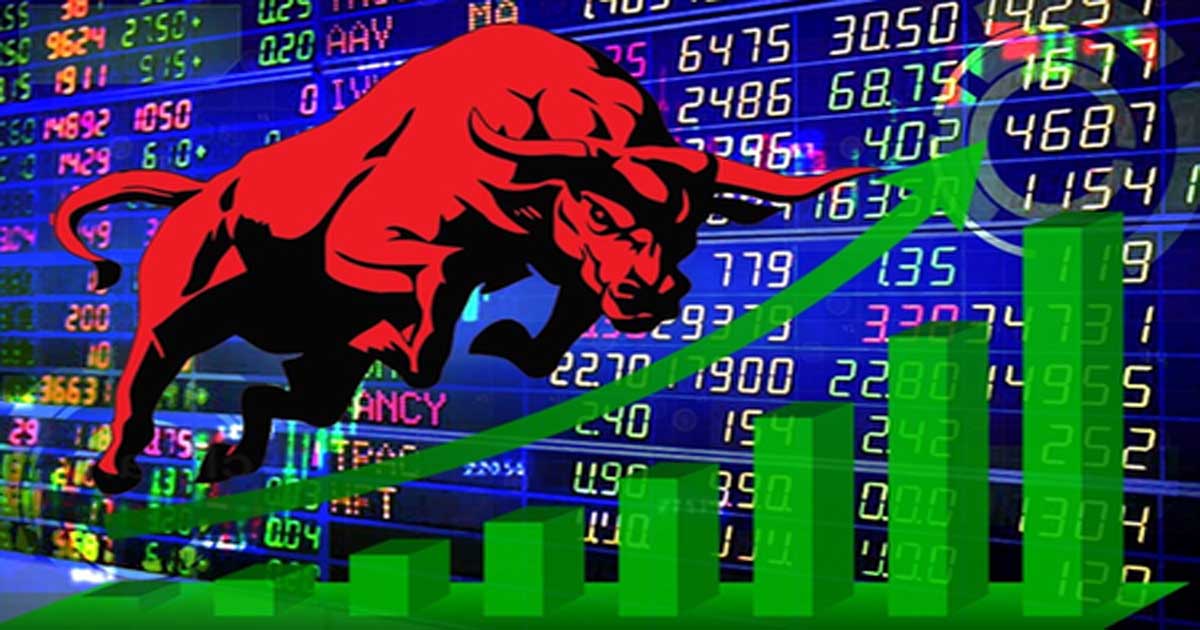Business
India’s crypto ad guidelines out, celebrities warned
In a bid to clamp down on risky crypto ads in India, the Advertising Standards Council Of India (ASCI) on Wednesday issued guidelines for all virtual digital assets (VDA)-related advertisements, which will be applicable on or after April 1.
All crypto/NFT ads must carry the following disclaimer, “Crypto products and NFTs are unregulated and can be highly risky. There may be no regulatory recourse for any loss from such transactions.”
No advertisement for crypto/digital asset products or exchanges may show a minor, or someone who appears to be a minor, directly dealing with the product, or talking about the product, said the advertising watchdog.
Since this is a risky category, “celebrities or prominent personalities who appear in crypto/NFT advertisements must take special care to ensure that they have done their due diligence about the statements and claims made in the advertisement, so as not to mislead consumers,” the ASCI warned.
Even as the Indian government continues to work on the framework for virtual digital assets (VDA), commonly referred to as crypto or NFT products, advertising for these products has been very aggressive over the past few months across TV, bring and digital media.
The ASCI noted that several of these advertisements do not adequately disclose the risks associated with such products.
“Advertising of virtual digital assets and services needs specific guidance, considering that this is a new and as yet an emerging way of investing. Hence, there is a need to make consumers aware of the risks and ask them to proceed with caution,” said Subhash Kamath, Chairman of ASCI.
The ASCI extensively consulted with different stakeholders, including government and the virtual digital asset industry — to frame guidelines for virtual digital asset advertising.
“Every advertisement for VDA products must clearly give out the name of the advertiser and provide an easy way to contact them (phone number or email). This information should be presented in a manner that is easily understood by the average consumer,” according to new guidelines.
“No advertisement may show that VDA products or VDA trading could be a solution to money problems, personality problems or other such drawbacks.”
The council said that no crypto/NFT advertisement shall contain statements that promise or guarantee future increase in profits.
“No advertisement may show that understanding VDA products is so easy that consumers do not have to think twice about investing. Nothing in the ad should downplay the risks associated with the category,” said the council.
The VDA products may not be compared to any other asset class which is regulated, it added.
Advertisers and media owners must also ensure that all earlier advertisements must not appear in the public domain unless they comply with the guidelines, post April 15, 2022.
“We have seen a spate of advertising for virtual digital assets which could compromise consumer interest in the absence of some guardrails. Use of celebrities and high decibel advertising would attract consumers to these offerings, without full disclosure of the risks,” said Manisha Kapoor, Secretary General, ASCI.
“Given that this is, as of now, an unregulated space, it is even more important for advertising to be upfront regarding the risks associated with these products,” Kapoor emphasised.
Although no Crypto Bill yet, the government in the Union Budget has proposed a 30 per cent tax on digital assets.
Finance Minister Nirmala Sitharaman also proposed 1 per cent TDS (tax deducted at source) on transactions in such asset classes above a certain threshold. Gifts in crypto and digital assets will also be taxed.
Business
ED Seizes ₹42 Lakh, Luxury Cars In Mumbai Drug Money Laundering Probe

Mumbai: The Enforcement Directorate (ED) seized Rs 42 lakh in cash, three luxury cars, property papers, and several digital devices during a search operation on Wednesday targeting a drug trafficking and money laundering network. The agency also froze multiple bank accounts and a locker linked to alleged drug trafficker Faisal Javed Shaikh and his wife, Alfiya Faisal Shaikh.
Officials said the searches were conducted at nine locations across Mumbai under the provisions of the Prevention of Money Laundering Act (PMLA), 2002. The operation aimed to trace the drug sale proceeds generated by a well-established narcotics network allegedly operated by the couple.
The ED initiated its money laundering probe based on a case registered by the Narcotics Control Bureau (NCB), Mumbai Zonal Unit, against multiple accused, including Faisal Shaikh, Alfiya Shaikh, and several others, including Ashik Varis Ali, Nasir Khan, Irfan Yusuf Faruqi, Azim Abu Salim Khan alias Azim Bhau, Faizan Mohd. Shafi Shaikh, and Mohd. Shahid Faridudin Chaudhary alias Baboos.
Investigators said Faisal Shaikh was procuring MD (Mephedrone) drugs from Salim Dola, a notorious drug kingpin who has been wanted by law enforcement agencies for his alleged role in large-scale narcotics trafficking. The NCB has announced a reward for information leading to Dola’s arrest.
After securing bail in the NCB case, Shaikh, described by officials as a habitual offender, was placed under preventive detention under the PIT-NDPS Act.
The ED’s probe revealed that Faisal and Alfiya Shaikh allegedly ran a structured network for the sale of MD drugs sourced from Dola. During Wednesday’s searches, the agency also covered premises connected to several individuals associated with shell companies with paper transactions exceeding Rs 100 crore, as well as firms involved in foreign outward remittances and financial dealings with the accused. Officials said these entities are being examined for their possible role in layering drug proceeds and routing the funds abroad through channels such as hawala, shell companies, and trade-based mis-invoicing.
Officials said the ED searches were critical to tracing both the “forward linkage” (movement of drug sale proceeds) and “backward linkage” (sources, beneficiaries, and conduits of funds), including whether the proceeds were channelled abroad via hawala, shell companies, or trade mis-invoicing. The seized and frozen assets including cash, bank accounts, lockers, vehicles, property documents, and digital devices are being examined under the lens of money laundering.
Business
Stock markets end week on positive note; Banking, IT, and pharma stocks lead gains

Mumbai, Oct 11: Indian equities ended the week on a positive note amid buying in banking, IT, and pharma stocks (in the last two sessions).
Investors’ sentiment remained firm toward banking stocks during the period, buoyed by the RBI monetary committee decision to keep the repo rate unchanged at 5.5 per cent, and it improved further after the government invited private sector professionals to lead the State Bank of India.
Meanwhile, pharma stocks picked up momentum at the end of the week after the US administration said that they do not plan to impose tariffs on generic drugs and signalled cutting biotech ties with flagged foreign firms, especially from China.
“Pharma stocks rallied as the US revived the Biosecure Act, aiming to cut biotech ties with flagged foreign firms, especially from China, providing a strong boost to Indian CDMOs. With the earnings season underway, investors are closely watching quarterly results for cues on market direction,” said Vinod Nair, Head of Research, Geojit Investments Limited.
On Friday, Indian equity benchmark indices ended higher for the second straight session, supported by strong buying in pharma and banking stocks.
Because of the weakness in IT stocks, the Sensex opened at 82,07,5 down about 100 points. But it quickly bounced back, rising 579 points to an intra-day high of 82,654.
At 82,501, the index ultimately closed 329 points higher, or 0.4 per cent higher. Likewise, the Nifty reached a peak of 25,331 during the day and ended the day 104 points, or 0.4 per cent, higher at 25,285.
“Investor sentiment improved after the government invited private sector professionals to lead the State Bank of India. This marks a broader policy shift towards allowing private participation in public sector enterprises, aimed at enhancing efficiency and governance,” Nair added.
The Nifty index displayed strong bullish momentum over the past week, advancing 391 points or 1.57 per cent, while Sensex rallied over 1,000 points or 1.35 per cent.
“On the weekly chart, the index has formed a cup and handle pattern, and a decisive break out of this formation, supported by increasing volumes, would signal the potential for further sustained upside,” said Hardik Matalia of Choice Equity Broking.
The Bank Nifty (up 1.84 per cent), Nifty IT (up 4.8 per cent) and Nifty Pharma (up 2.12 per cent) fueled the market momentum this week.
Business
Sensex, Nifty edge higher as geopolitical tensions ease

New Delhi, Oct 10: Indian stock markets opened on a flat note but soon moved higher on Friday, supported by positive global sentiment.
The easing of geopolitical tensions in the Middle East and signs of a possible trade deal between the US and India boosted investor confidence.
After the opening bell, the Sensex gained 148 points, or 0.18 per cent, to trade at 82,320 levels. The Nifty also rose 40 points, or 0.16 per cent, to 25,221 levels.
“Though yesterday’s push higher in the second half failed to clear the week’s high, it did serve to invalidate the bearish bias of the evening star candle stick pattern,” market experts said.
“This encourages us to look for 25460, in the days ahead. For the day, inability to push and float above 25215 or direct fall past 25113, could render the trend sideways, but may not call for a break of 24982 right away,” they added.
In the broader market, the Nifty Midcap 100 index inched up 0.18 per cent, while the Nifty Smallcap 100 advanced 0.28 per cent — indicating healthy participation from mid- and small-cap stocks.
Among the sectoral indices, Nifty Metal was the worst performer, slipping 1.4 per cent. It was followed by weakness in Auto, Pharma, and Healthcare stocks.
On the other hand, sectors such as Banking, Energy, FMCG, IT, Consumer Durables, Oil & Gas, and Realty were trading with gains.
In the Sensex pack, Power Grid, State Bank of India, NTPC, Adani Ports, and Asian Paints were among the top gainers.
Meanwhile, Tata Steel, TCS, Bajaj Finance, M&M, and HCL Tech were trading in the red.
“The overall market environment is turning positive. Globally, the GAZA peace accord signals end to the conflict and reduction of geopolitical risk from the region,” analysts said.
“Domestically, there are indications of a trade deal between US and India with India ‘rebalancing’ its oil purchases,” they added.
According to market analysts, these positive developments and the shift in FII strategy ( FIIs were buyers in the cash market in the last three trading days) bode well for the market.
-

 Crime3 years ago
Crime3 years agoClass 10 student jumps to death in Jaipur
-

 Maharashtra1 year ago
Maharashtra1 year agoMumbai Local Train Update: Central Railway’s New Timetable Comes Into Effect; Check Full List Of Revised Timings & Stations
-

 Maharashtra12 months ago
Maharashtra12 months agoMumbai To Go Toll-Free Tonight! Maharashtra Govt Announces Complete Toll Waiver For Light Motor Vehicles At All 5 Entry Points Of City
-

 Maharashtra1 year ago
Maharashtra1 year agoFalse photo of Imtiaz Jaleel’s rally, exposing the fooling conspiracy
-

 National News1 year ago
National News1 year agoMinistry of Railways rolls out Special Drive 4.0 with focus on digitisation, cleanliness, inclusiveness and grievance redressal
-

 Maharashtra11 months ago
Maharashtra11 months agoMaharashtra Elections 2024: Mumbai Metro & BEST Services Extended Till Midnight On Voting Day
-

 National News1 year ago
National News1 year agoJ&K: 4 Jawans Killed, 28 Injured After Bus Carrying BSF Personnel For Poll Duty Falls Into Gorge In Budgam; Terrifying Visuals Surface
-

 Crime12 months ago
Crime12 months agoBaba Siddique Murder: Mumbai Police Unable To Get Lawrence Bishnoi Custody Due To Home Ministry Order, Says Report












